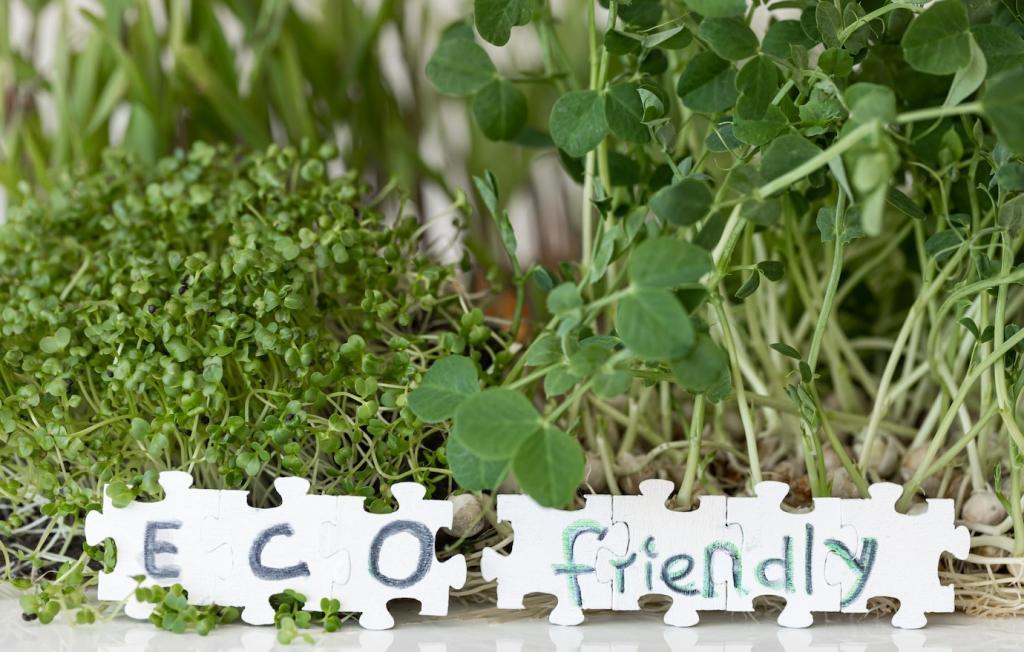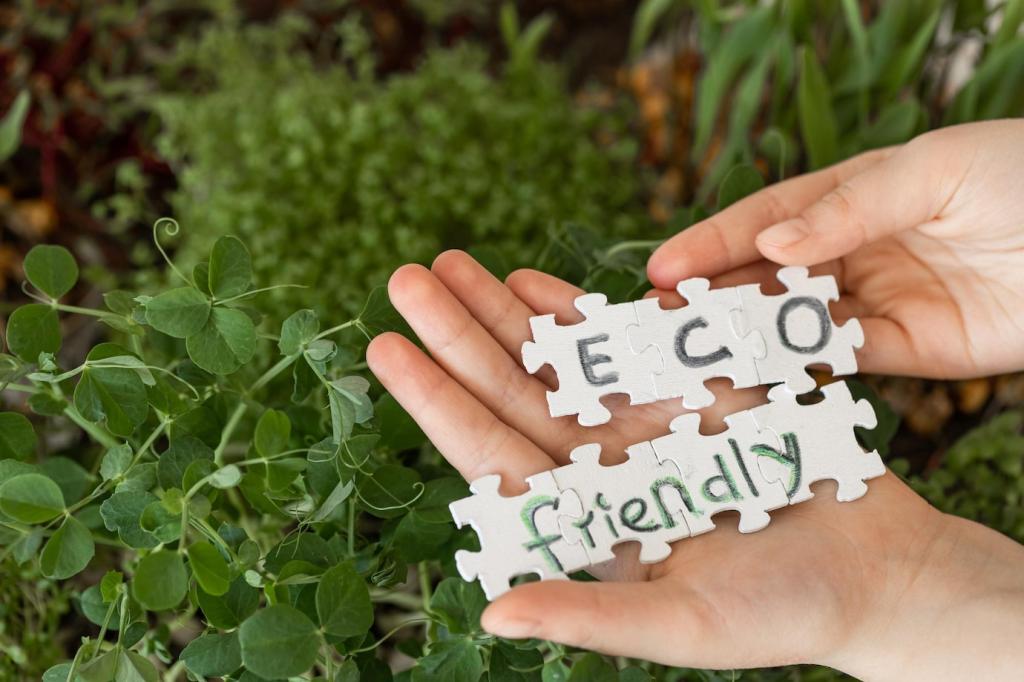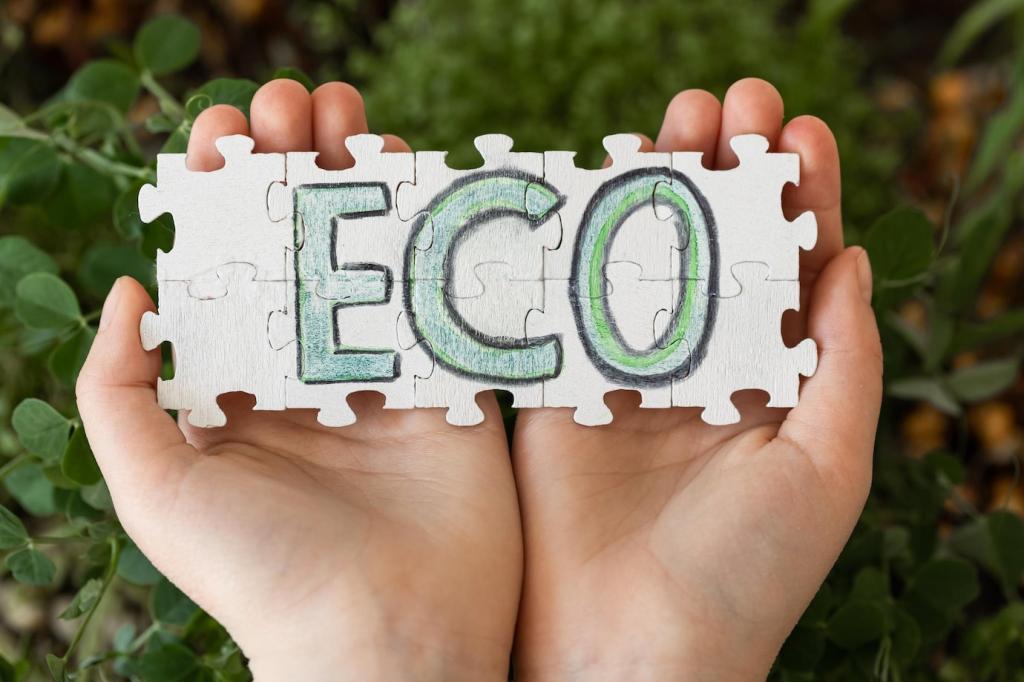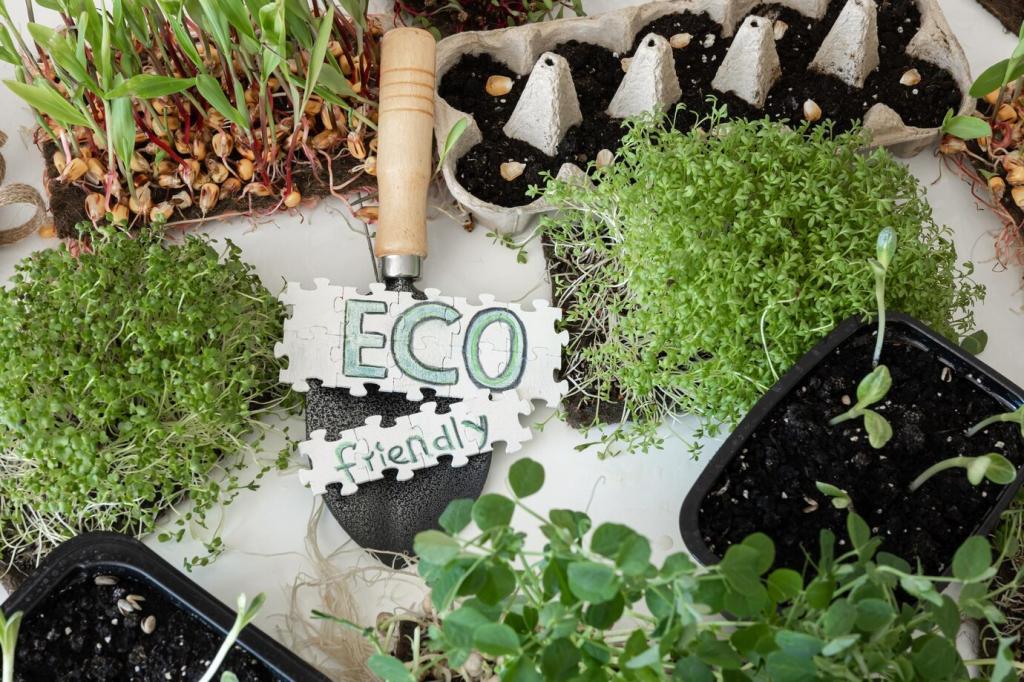Trustworthy Data, Clearly Presented
Reference organizations like IPCC, EPA, or IUCN and translate key findings into plain language. Link to primary reports for transparency. Invite readers to request a simple explainer on any confusing term they encounter.
Trustworthy Data, Clearly Presented
Use simple charts, before–after photos, or small interactive maps to highlight trends readers can grasp instantly. Keep annotations clear and compassionate. Ask readers which type of visualization helps them act, not just understand.
Trustworthy Data, Clearly Presented
Address common misconceptions—like recycling symbols meaning universal acceptance—by explaining local rules and alternatives. Respectful correction maintains trust. Encourage readers to submit myths they hear, and we will investigate together in a follow-up piece.








